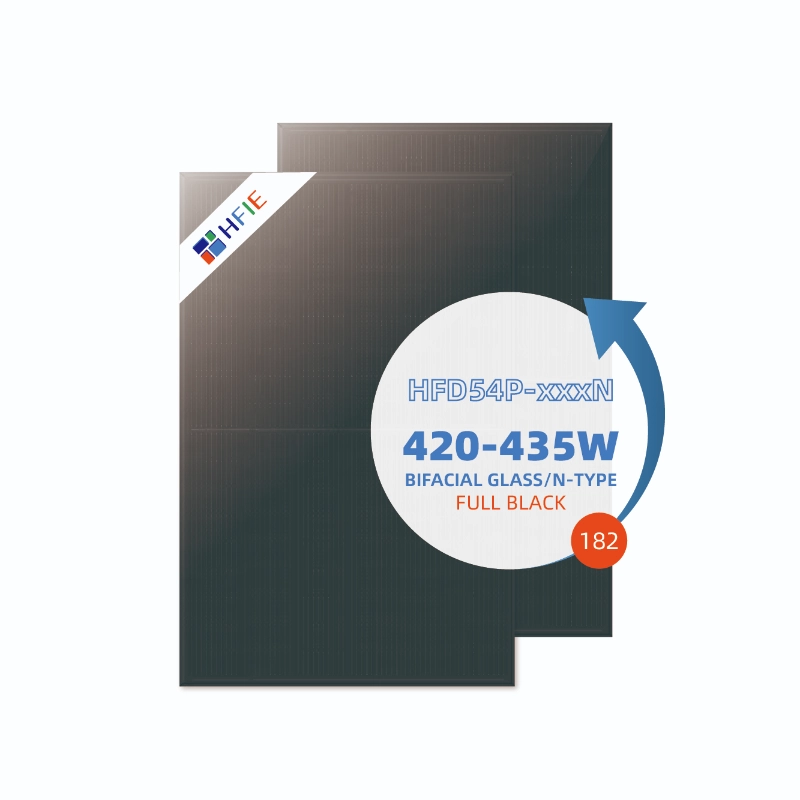As Europe’s battery energy storage system (BESS) market rapidly expands, battery capacity has now surpassed 20 GW. While Norway once set ambitious goals to become the leader of the Nordic battery storage market, Sweden and Finland have already outpaced it in terms of battery storage deployment. According to a recent study by analyst Jon Ferris of research company LCP Delta, the battery storage market in the Nordic region is undergoing significant dynamic changes.
Norway’s Ambitions and Market Reality
Ten years ago, Norway’s transmission system operator, Statnett, declared its ambition to turn Norway into “Europe’s battery.” At the time, Europe did not yet have any grid-scale lithium-ion storage batteries. Since then, Norway has successfully installed nearly 3 GW of battery capacity, connecting with the UK and German markets via interconnections and harnessing its vast hydropower resources.
However, despite Norway’s early start in the battery storage market, it lags behind its neighboring countries, Sweden and Finland. Today, Europe’s battery storage capacity has exceeded 20 GW, with the UK, Germany, and Italy driving much of the growth. Notably, Sweden and Finland have made significant progress in deploying grid-scale storage solutions.
Sweden and Finland: Leading the Charge in Battery Storage
In Finland, the largest battery storage project is located in Olkiluoto, and its development has progressed at a faster pace than the nearby nuclear plant. According to LCP Delta’s StoreTrack data, more than 300 MW of grid-scale batteries are expected to come online in Finland over the next two years. Additionally, Finnish telecom operator Elisa plans to install a 150 MWh storage system at its sites, which will significantly enhance Finland’s competitiveness in the battery storage sector.
Sweden has gone even further in battery storage, with the largest pipeline of grid-scale battery projects in the Nordic region, as well as a leading position in residential storage. In 2024 alone, Sweden plans to deploy approximately 400 MW of battery storage capacity. Most of Sweden’s battery projects are designed for 1-hour discharge, with the commercial case largely focused on ancillary services, which has been a key factor in the rapid growth of Sweden’s battery storage market.
Ancillary Services Market Driving Battery Investments
The demand for ancillary services, particularly for downward frequency regulation, has continued to grow, driving investment in battery storage and residential flexibility. In Sweden, the national transmission system operator Svenska Kraftnät is striving to meet its target capacity for fast frequency response (FFR) during the summer months when the grid has lower inertia. The offline status of traditional generation sources, coupled with increased demand for manual frequency restoration reserves (mFRR), has made battery storage a crucial player in balancing the grid.
However, as the market becomes more saturated, the sustainability of high prices for battery investments and residential flexibility remains an open question. Despite the rising demand for flexibility driven by the increasing share of renewable energy, the speed at which battery storage installations are growing has outpaced the demand. Balancing this supply-demand relationship and avoiding over-investment in the market is a key challenge for the battery storage sector.
The Challenge of Long-Term Energy Storage
While lithium-ion storage batteries have dominated the short-term flexibility market in Europe, there is still debate over whether they can meet the demand for long-term energy storage. While battery storage solutions are effective for frequency regulation and load balancing, they face challenges when it comes to meeting the long-duration flexibility needs, such as weekly or monthly storage requirements. Many believe that lithium-ion batteries are more suited for short-term adjustments, while longer-duration storage may require more cost-effective solutions.
As the share of renewable energy generation continues to increase, grid stability will rely more on flexible resources. In this context, how to leverage battery storage technology to address long-term storage needs, and how to integrate it with other flexible resources (such as pumped storage or hydrogen), will be crucial to the future development of the market.


















